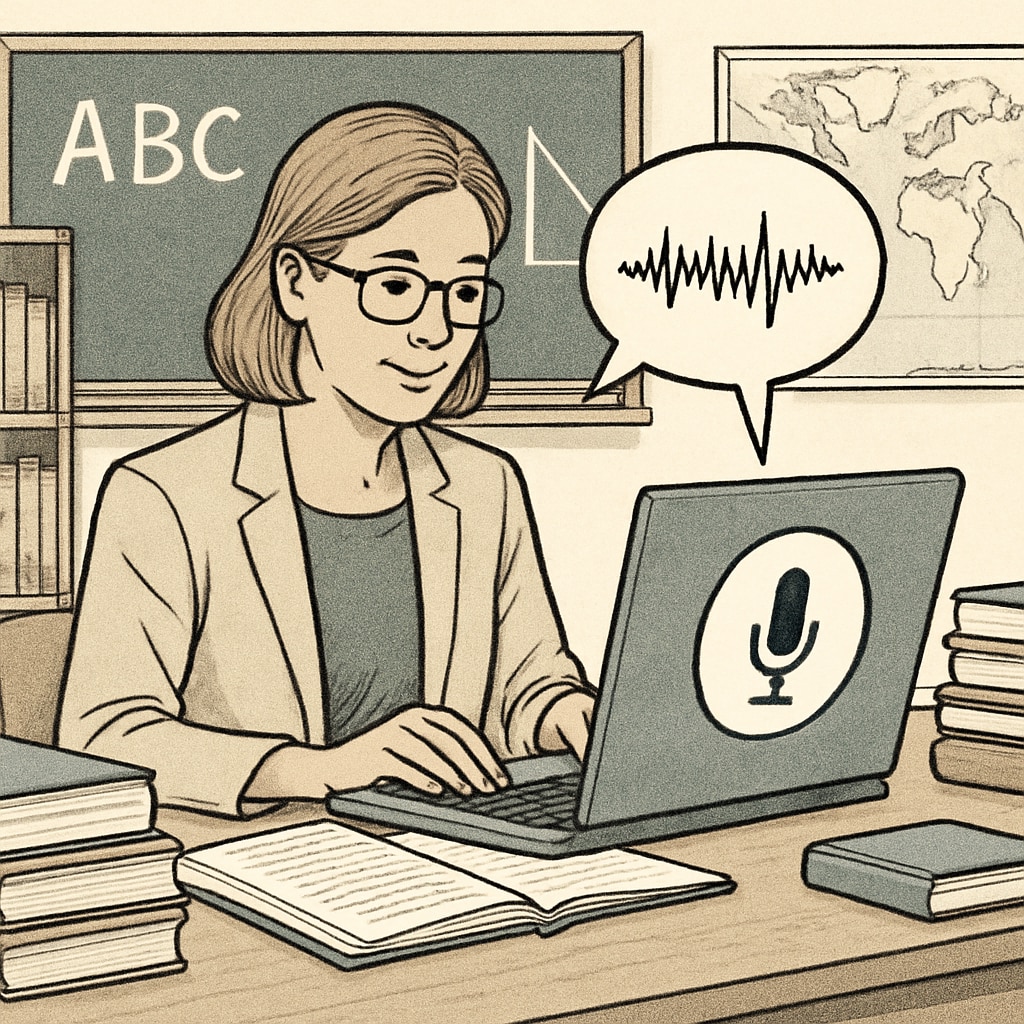Teachers often juggle a myriad of responsibilities, from lesson planning and grading to parent communication and administrative paperwork. The integration of speech recognition into teacher workflows has emerged as a game-changer. Tools like WillowVoice are revolutionizing time management in education, allowing educators to focus on what truly matters: teaching. By leveraging this innovative technology, teachers can streamline tasks that once consumed hours, such as providing feedback, creating lesson plans, and managing communication.
Transforming Teacher Workflows with Speech Recognition
Speech recognition technology has come a long way, and its application in the classroom setting is both timely and impactful. WillowVoice, a leading software in this domain, enables educators to convert spoken words into text, automating and simplifying tasks. For example, teachers can dictate feedback on student assignments, saving time over manual typing. This shift reduces the cognitive load of repetitive tasks, allowing educators to focus more on pedagogical strategies.

In addition, WillowVoice integrates seamlessly with commonly-used platforms, allowing teachers to sync dictated notes directly into grading systems or lesson planning tools. As a result, administrative workflows are no longer a bottleneck but a streamlined process.
How Speech Recognition Enhances Time Management
Time management is a perennial challenge for educators. By incorporating speech recognition software like WillowVoice into daily routines, teachers can regain valuable hours. Some key benefits include:
- Faster Feedback: Teachers can speak their thoughts rather than typing, reducing grading time significantly.
- Efficient Communication: Voice-to-text capabilities enable quick drafting of emails or announcements to parents and colleagues.
- Streamlined Lesson Planning: Dictating ideas or lesson outlines allows for capturing thoughts on the go, ensuring no inspiration is lost.
For example, a teacher handling 100 student essays might save hours by using speech recognition to dictate personalized feedback rather than typing each comment manually. The reduction in repetitive effort can lead to improved energy and focus on classroom engagement.

Real-Life Impact: A Teacher’s Perspective
Consider Sarah, a high school English teacher who adopted WillowVoice. Before using speech recognition, Sarah spent late evenings grading essays and drafting emails. By integrating WillowVoice into her workflow, she could dictate feedback during her lunch break and sync it with her school’s grading platform. Emails to parents or administrators were drafted in minutes, thanks to the app’s voice-to-text functionality.
“It’s like having a personal assistant,” Sarah shared. “I feel like I’ve gained hours in my day. Now, I can focus on creating engaging lessons and spending time with my students, which is why I became a teacher in the first place.”
Looking Ahead: The Future of Speech Recognition in Education
The adoption of speech recognition in education is only just beginning. As the technology continues to improve, we can expect even more advanced features tailored for educators. For instance, AI-driven tools could analyze dictated content to provide suggestions, such as improving the clarity of feedback or highlighting curriculum standards automatically.
Moreover, integrating speech recognition with other emerging technologies like AI grading systems and classroom analytics could create a holistic digital ecosystem for teachers. These advancements promise to further reduce administrative workloads and elevate the teaching profession.
In conclusion, speech recognition tools like WillowVoice are not just about saving time—they’re about transforming the teaching experience. By reducing administrative burdens, teachers can dedicate their energy to inspiring and educating the next generation. The message is clear: it’s time to embrace technology and reclaim the joy of teaching.
For more information on speech recognition technology, explore resources like Speech Recognition on Wikipedia and Speech Recognition on Britannica.


